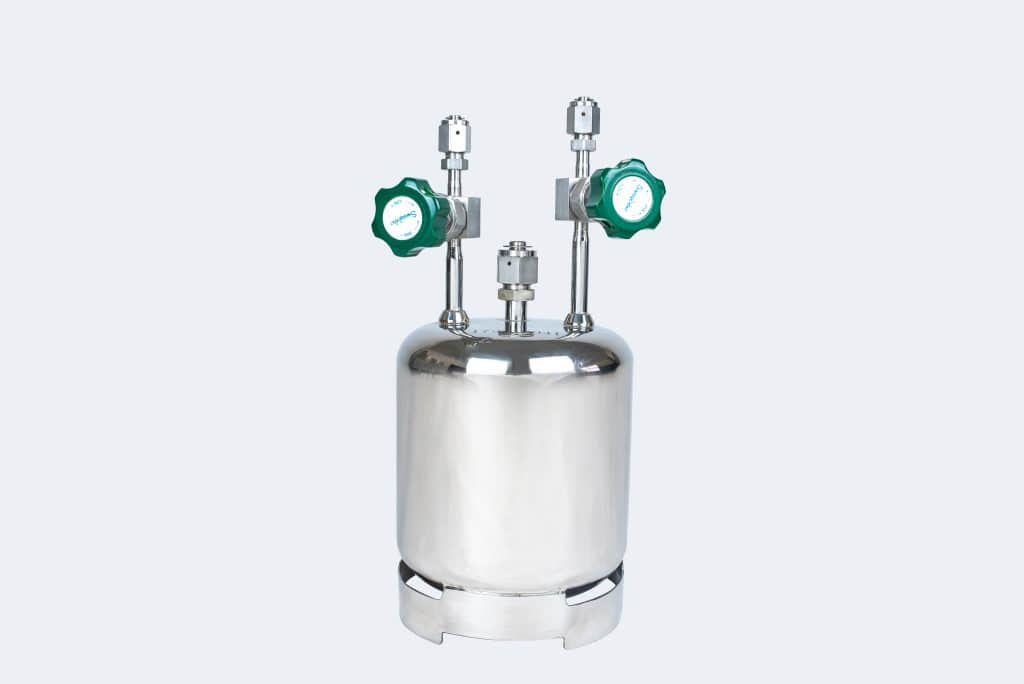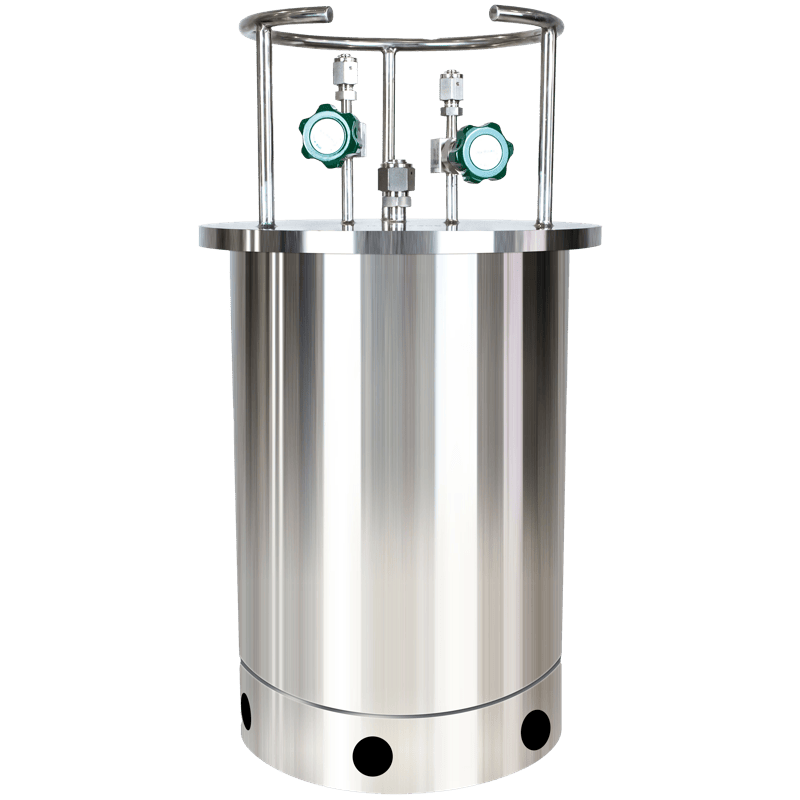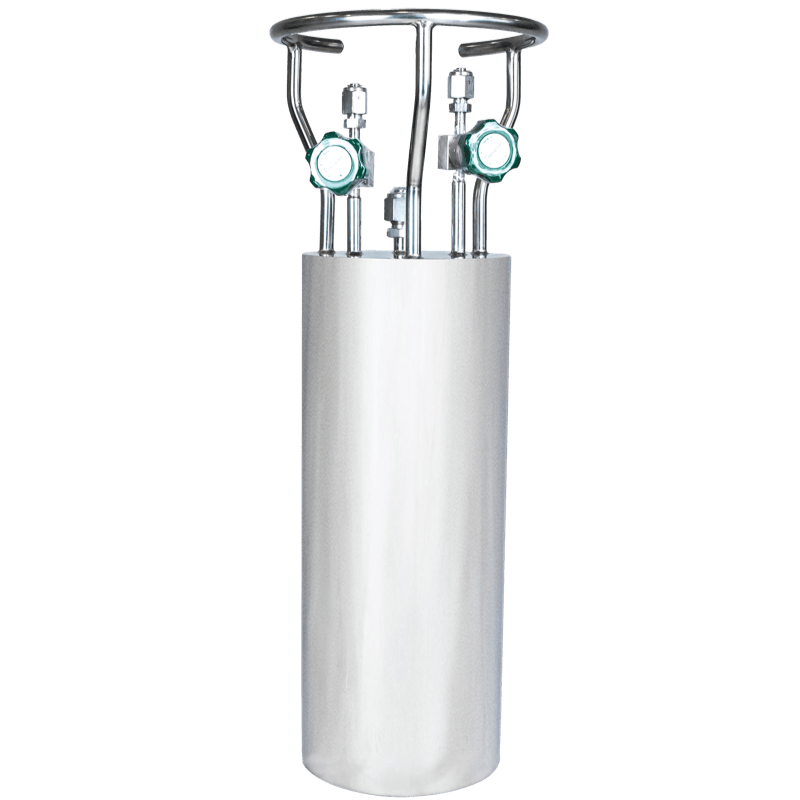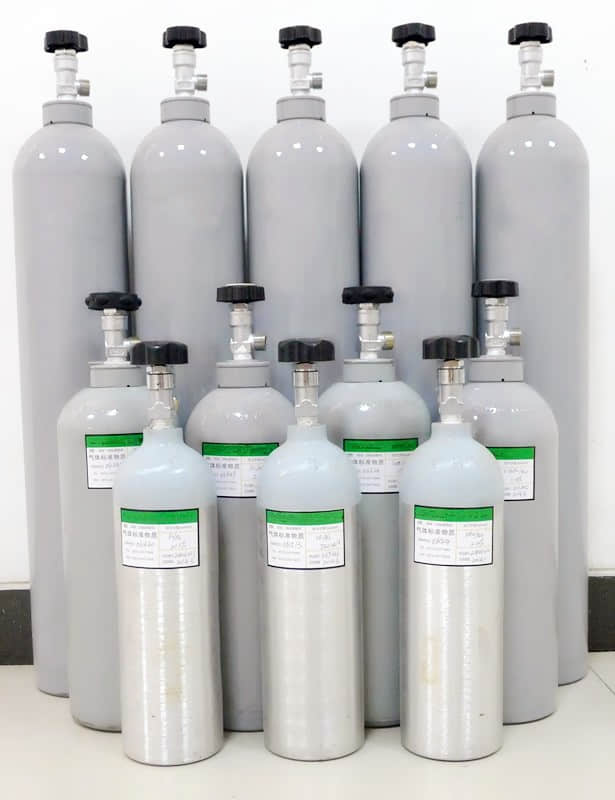What is Trimethylgallium?
Trimethylgallium, often abbreviated as TMG or TMGa, is a colorless, transparent, and toxic liquid at room temperature and pressure. It is prone to oxidation in the air and can self ignite, emitting white metal oxide smoke during combustion. Trimethylgallium decomposes on its own at high temperatures, and it can also react violently with water to generate Me ₂ GaOH and [(Me ₂ Ga) ₂ O] X, and release methane gas. It can also form stable complexes with AsH Å, PH Å, ethers, tertiary amines, and other Lewis bases.
In addition, trimethylgallium can be dissolved in any proportion in aliphatic saturated hydrocarbons such as hexane and heptane, as well as aromatic hydrocarbons such as toluene and xylene. In addition, it can also be dissolved in polar solvents such as ethanol and ether.
Trimethylgallium is widely used in the semiconductor industry, such as as as a precursor in chemical vapor deposition (CVD) and metal organic synthesis (MOCVD).
It should be noted that trimethylgallium is toxic and should be avoided from long-term contact or inhalation of its vapors.
Applications of Trimethylgallium
In the semiconductor industry, trimethyl gallium can be used as a precursor of semiconductor materials for the preparation of high-purity gallium compounds. These gallium compounds can be used to prepare semiconductor devices, such as solar cells, leds, etc.
Trimethylgallium can also be used as a catalyst for chemical reactions, such as polymerization and addition of olefins. It can improve the reaction rate and selectivity.
In organic synthesis, trimethyl gallium can be used as an organometallic reagent to participate in organic reactions. For example, it can be used to catalyze the hydrogenation reaction of olefin, alkylation reaction, etc. In addition, trimethylgallium can also be used to prepare other organometallic compounds, such as trimethylaluminum, trimethylgermanium, etc.
Trimethylgallium can also be used to prepare high-purity gallium metal. It can be used as a reducing agent to participate in the preparation of gallium metal. In addition, trimethylgallium can also be used to prepare organic compounds of other metals, such as trimethylindium, trimethylthallium, etc.
United Nations Dangerous Goods Number
European Land Transport Dangerous Regulations: 3394 International Maritime Dangerous Regulations: 3394 International Air Transport Dangerous Regulations: 3394
Storage conditions
In practice, considering metal particle pollution, stainless steel bubble bottles with inner wall coating are used for packaging. Ensure that the valve connection is unobstructed, the bottle space is filled with high-purity nitrogen for protection, and then close the valve tightly and tighten the head. High purity trimethylgallium should be stored in a refrigerator. The packaging labels of dangerous goods should comply with the provisions of GB190, and the packaging, storage and transportation instructions should comply with the provisions of GB191. The transportation of products during export shall be carried out in accordance with the relevant provisions of the GFR section of the US DOT regulations.
Toxicological data of trimethylgallium:
The combustion product of trimethylgallium can stimulate and corrode the eyes, skin, and respiratory mucosa, damage the bronchi, lungs, and kidneys, and in severe cases, cause pulmonary edema. Trimethylgallium in contact with skin can cause tissue damage and burns. Inhaling high concentrations (15mg/m3) of gas can cause poisoning.






